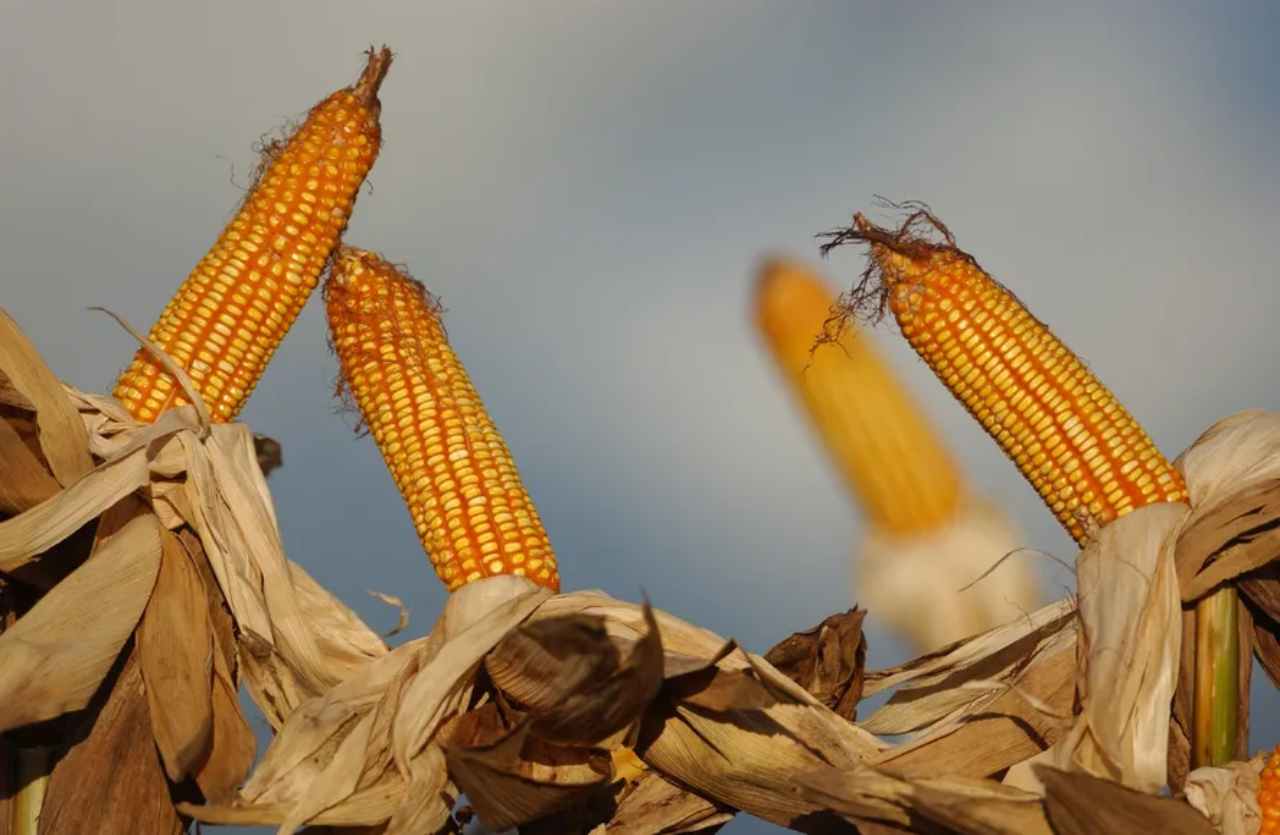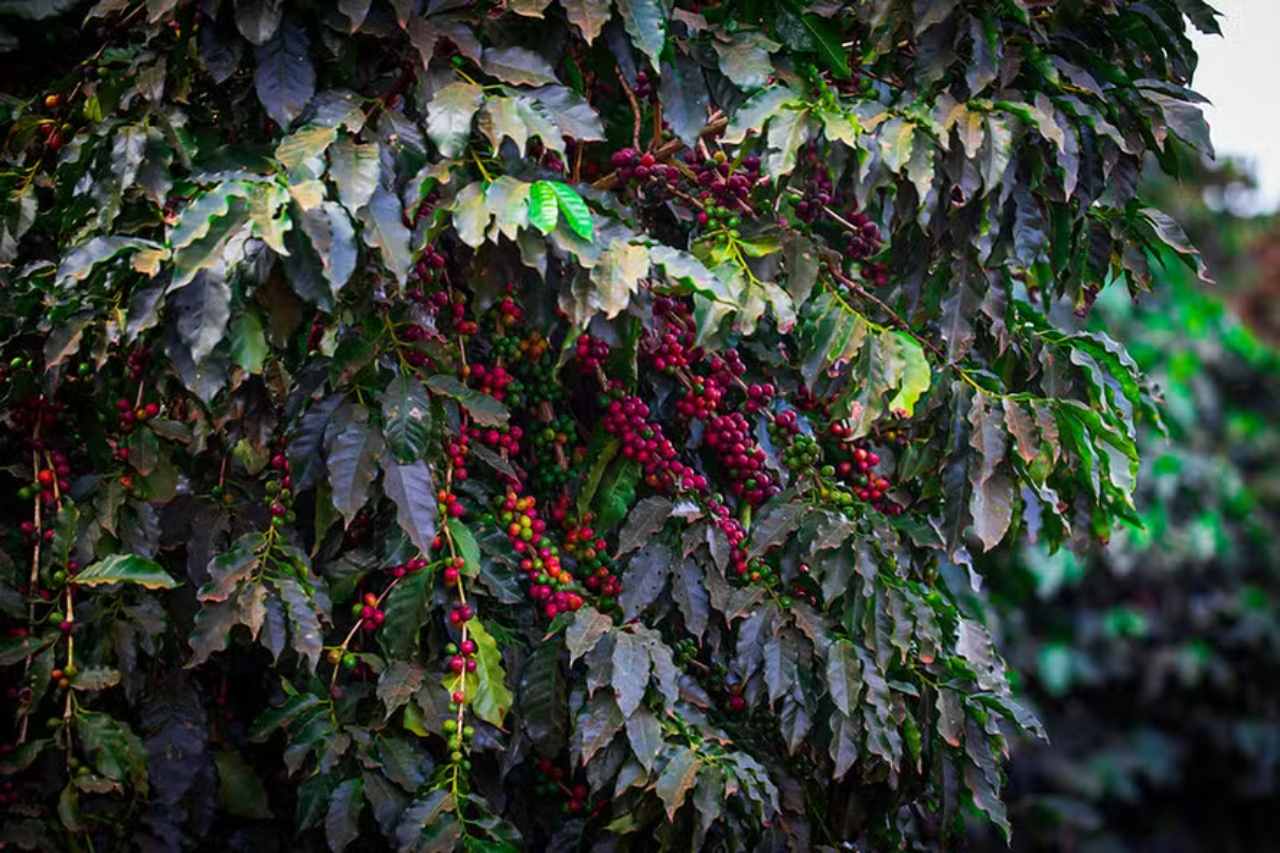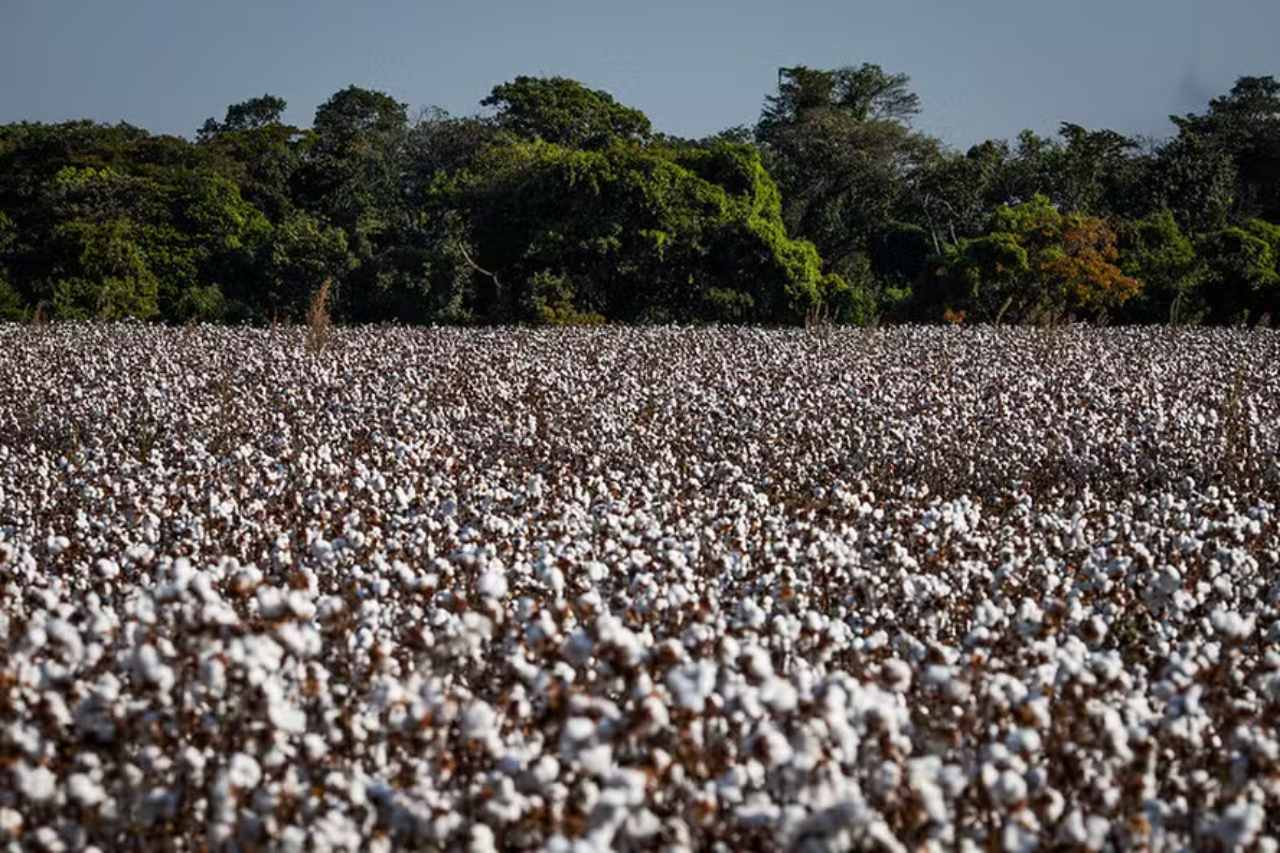Brazilian Corn Exports Set Record in 2023, but Segment Projects Decline of Over 25% This Year
After Brazilian corn exports reached a record high last year, the country faces challenges in placing its product in the external market in 2024. The recovery of supply from major producers and a decrease in Chinese demand are expected to increase national corn reserves, further exerting downward pressure on prices in the domestic market.
In 2023, Brazil exported 56 million tons of corn, according to data from the National Association of Cereal Exporters (Anec). This year, the country is projected to lose the prominence it held in 2023, when it was the world’s largest corn exporter. The organization estimates that corn shipments in 2024 will amount to 41 million tons.
Market agents have even more pessimistic forecasts. According to Royal Rural consultancy, Brazil is expected to sell 39 million tons abroad in 2024, as many competitors, such as Argentina, have seen a recovery in supply.
“Last year, Brazil didn’t face competition from Argentina. After suffering from drought, they [the Argentinians] have resumed production capacity, exporting 24.5 million tons of corn from January to August this year—7 million tons more than last year,” highlights Ronaldo Fernandez, an analyst at Royal Rural.
Argentina isn’t the only country increasing its supply this year. Other major corn producers, like the United States, Europe, and Ukraine, have also boosted their outputs. This situation has made international buyers more comfortable seeking alternative sources of corn supply.
Among the importers that have shunned Brazilian corn, China stands out. After being Brazil’s main customer for corn sales last year, importing 17.4 million tons out of the over 56 million tons Brazil sold, shipments of Brazilian corn to China have not reached 2 million tons this year, according to Fernandez.
“China has long aimed for self-sufficiency in corn production to control meat prices in its domestic market. They have seen some success in this goal, recovering areas lost to flooding,” the analyst states.
He notes that an indicator of China reducing its dependence on imported corn can be seen in the U.S. Department of Agriculture’s (USDA) projections for imports. From August to October, the USDA reduced its estimate of Chinese international purchases by 4 million tons, now projecting 19 million tons. The Royal Rural analyst believes further cuts from the USDA are likely by year-end.
With strong international competition for corn supply, Fernandez adds that Brazil’s final corn stocks could reach 10 million tons, the largest volume since 2018. If confirmed, this projection could lead to a surplus in the domestic market, putting pressure on prices and exposing long-standing infrastructure issues in the country.
“This production surplus will stress our static storage capacity. If the rains are adequate, soybeans will also have good production. With such large final stocks, where will we store all this corn and soy?” questions the analyst.
The U.S. is also expected to capture a significant portion of the global corn market in 2023/24. With its largest harvest in history (389.67 million tons) and exports of 58.23 million tons, according to the country’s Department of Agriculture, the U.S. is set to dominate exports to destinations such as Mexico and the European Union.
“At this moment, large buyers will prioritize purchasing corn from the U.S., which is currently the cheapest source. Thus, Brazil is likely to struggle to boost its exports,” evaluates Leonardo Martini, risk management consultant at StoneX.





